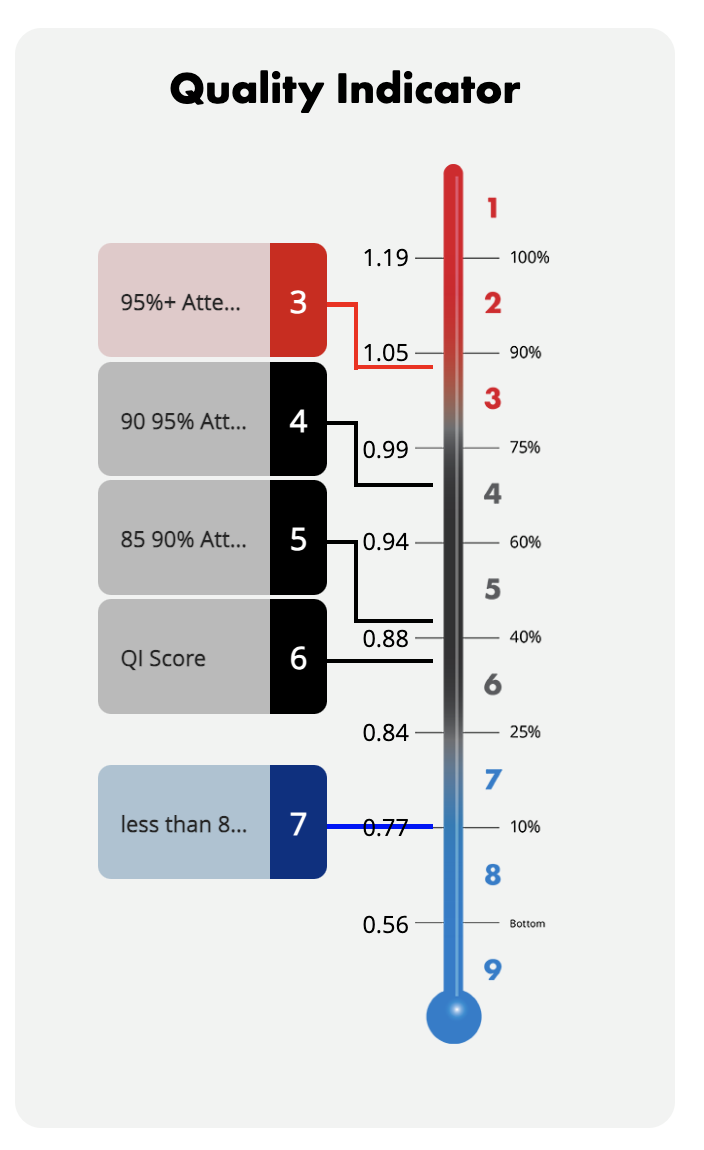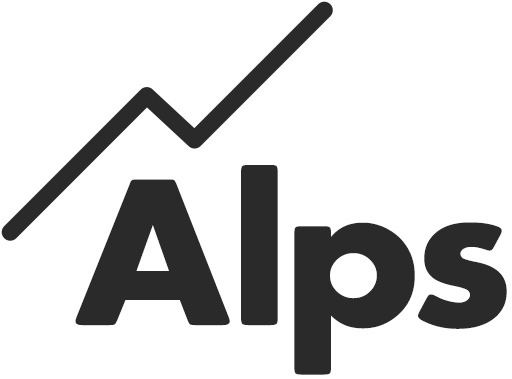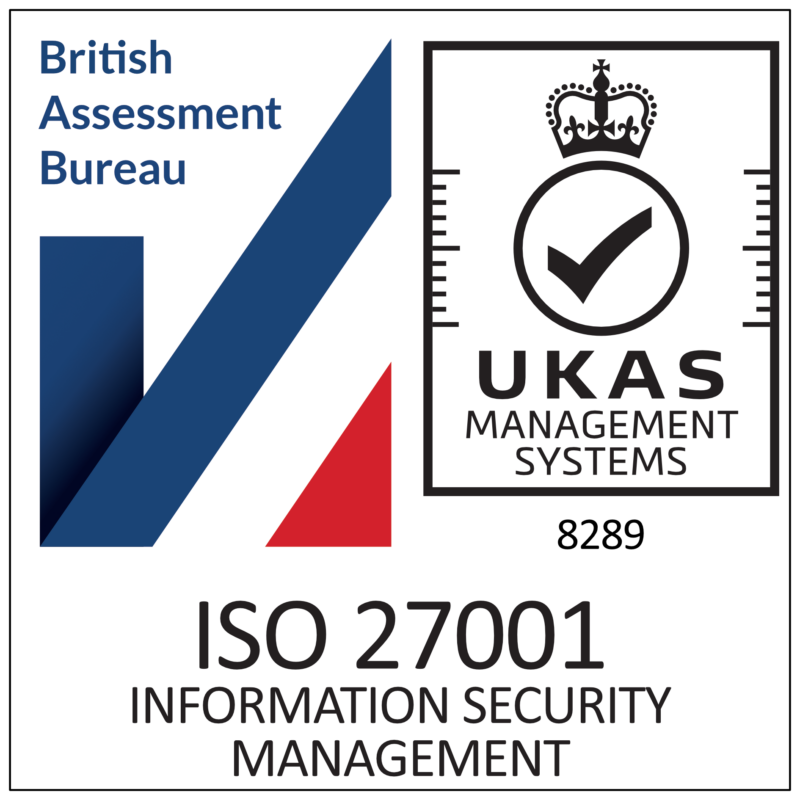How have your current attendance rates impacted on your performance this year?
Increased levels of absenteeism is a real issue that many of us are currently facing in our schools and colleges.
Initiatives and advice on how to tackle this issue are being shared, with a common goal to try to improve attendance for the benefit of young people’s outcomes. From my work with many schools this year, I have seen that having the ability to easily track the impact of different rates of attendance in real time, by subject and student, is proving an invaluable tool to identify the gaps and put in place targeted interventions that can really help to make a difference to outcomes.
The stark statistics of absenteeism
In 2022-2023, 22.3% of compulsory school age students in England were classed by the Department for Education (DfE) as being persistently absent from school.
Despite a major focus on attendance, this figure remains above 20% in 2023-2024. In 2022-2023, the rate of persistent absenteeism was significantly higher for disadvantaged students at 37.9%, a 0.7% increase on the previous academic year.
As a response to this, in January 2024, the DfE announced the introduction of a further 18 attendance hubs (bringing the total to 32), encouraging schools, who have been identified as having effective practices, to share their strategies and resources to support others.
In addition to this, further funds have been allocated for the expansion of the attendance mentoring scheme, which is aimed at students who have missed more than half of their lessons.
Through working with both students and their families, mentors aim to gain a better understanding of the barriers that are preventing good attendance and through targeted support aim to resolve these.
“Although there is still much debate over the reasons behind such elevated levels of student absence, a large body of research does seem to agree that school absenteeism is detrimental to learning, academic achievement and educational outcomes.”
Improving attendance in Welsh schools is a also a major focus. In January 2024, Estyn published a thematic report “Improving attendance in secondary schools”, which highlighted their concern that attendance rates have declined since the pandemic and that attendance rates of students eligible for free school meals (eFSM) is significantly lower than those of non-eFSM students. The report considers a range of barriers that schools face when tackling poor attendance.
Although there is still much debate over the reasons behind such elevated levels of student absence, a large body of research does seem to agree that school absenteeism is detrimental to learning, academic achievement and educational outcomes. Several studies have shown that missing school, even for a limited number of days and regardless of reasons, negatively affects students’ academic achievement.*
How using easy data tools to measure ‘performance by attendance’ can help
As part of their recent thematic study, Estyn found that schools which have been the most effective at reducing absenteeism, have a strong culture of high expectations regarding attendance, focus on high quality teaching, and effectively evaluate the impact of their work.
They recommend that schools leaders should strengthen planning to strategically improve attendance, including making effective use of data to identify trends and when planning long-term approaches.
The importance of using data effectively when devising strategic approaches to tackling poor attendance has also been highlighted by the DfE as part of their recent guidance document for schools, academy trusts, governing bodies and local authorities, ‘Working together to improve school attendance’.
How Alps can help to monitor the impact of attendance
Within Alps Connect, school leaders analyse and evaluate outcomes at a strategic, subject and student level. It is also easy to track the academic progress of key student groups, i.e by gender, disadvantaged/non-disadvantaged, EAL and SEND status.
With attendance being such a key focus, schools and colleges I am working with are increasingly choosing to set up custom attendance groups within Connect to track, monitor and evaluate the value-added outcomes of different attendance groups.
By assigning each student an attendance group (e.g 95%+, 90-95%, 85-90% and <85%), it is easy to see immediately and clearly the impact overall and against subjects.
 In this example gradepoint image, teachers have been asked to make grade predictions for students based on the evidence they have seen so far. Overall, my cohort is predicated to achieve outcomes matching the lower 40% of providers in the national dataset (Alps Quality Indicator grade = 6).
In this example gradepoint image, teachers have been asked to make grade predictions for students based on the evidence they have seen so far. Overall, my cohort is predicated to achieve outcomes matching the lower 40% of providers in the national dataset (Alps Quality Indicator grade = 6).
However, from this exercise, I can clearly see the impact that poor attendance is having on my cohorts value-added outcomes.
Students in my school who have an overall attendance of 95%+ are predicated to achieve outcomes in the top 25% of the dataset (Alps QI grade =3, red-hot), with students with an overall attendance figure of less than 85% being predicted to have value-added outcomes that match the lower 25% of providers within the dataset (Alps QI grade = 7, blue).
The difference in QI score of 0.27 equates to more than a grade’s difference in progress per student between the two groups.
In summary, the thermometer gives you a powerful visual progress aid that clears the data fog for many colleagues, allowing you to spend more time using the analysis to impact on your students.
Using Alps to create attendance improvement strategies
After identifying a group of students where poor attendance is significantly impacting on their value-added progress, senior leaders, middle leaders and subject teachers can then target this group through interventions and attendance strategies.
Once attendance groupings have been set up within Connect, you can model the impact of any interventions and identify ‘winnable’ students who have the potential to improve using the ‘How Do I’ and ‘What-If’ tools within the Connect Subject Analysis area.
“I have already seen that using real-time, easy-to-use tools, such as custom cohorts in Alps Connect, to track the impact of your attendance improvement strategies in addressing learning gaps can be very powerful and can positively impact on your students’ outcomes.” – John Roe, Alps Educational Consultant
For groups of students with the highest rates of absenteeism, alongside implementing strategies to improve their attendance, some schools may decide to focus their interventions on core subjects. Grouping students into different attendance cohorts will also help subject leaders and teachers to identify students who despite good attendance, are still not making expected progress. This could be down to factors such as behaviour, a lack of engagement in lessons, or simply a lack of understanding in key topics that can be addressed in future teaching.
Conclusion
Improving attendance is a key focus in both England and Wales. You may already be using a variety of interventions and strategies to tackle the issue, which will vary depending on the nature of your school’s cohorts and context.
This means that there is now an even greater need for robust evaluation of their impact.
I have already seen that using real-time, easy-to-use tools, such as custom cohorts in Alps Connect, to track the impact of your attendance improvement strategies in addressing learning gaps can be very powerful and can positively impact on your students’ outcomes.
I hope that you have found the information in this blog useful. If you are a current user of Alps, and would like further support to get started with using attendance custom comparison groups in Alps Connect, please do not hesitate to contact one of our fabulous customer support team at [email protected].
End note from Alps
We currently work with over 1,200 schools and colleges and 95 Groups and MATS in the UK and internationally, offering our high-quality analysis at both KS4 and KS5.
If you do not use Alps are interested in how Alps could support you to improve your outcomes, do not hesitate to contact one of our friendly team. You can also call us on 01484 887600 and we will be delighted to speak to you, or you can book a demo at a time convenient for you with one of our knowledgeable team.
 About the author John Roe, Educational Consultant for Alps
About the author John Roe, Educational Consultant for Alps
John has worked in education for 22 years as a science teacher, Head of Department and Pastoral Lead. John is passionate about creating an aspirational culture and supporting students to achieve their full potential. Prior to joining Alps, John was Director of Radyr Sixth Form in Cardiff for 10 years, where he lead the transformation of the sixth form with student outcomes consistently matching the performance of the top 2% nationally.
Sources:
*Gershenson, McBean and Tran, 2018 / Kirksey, 2019 / Keppens, 2023
Need more information?
If you would like any further information, please contact one of our expert advisers.


